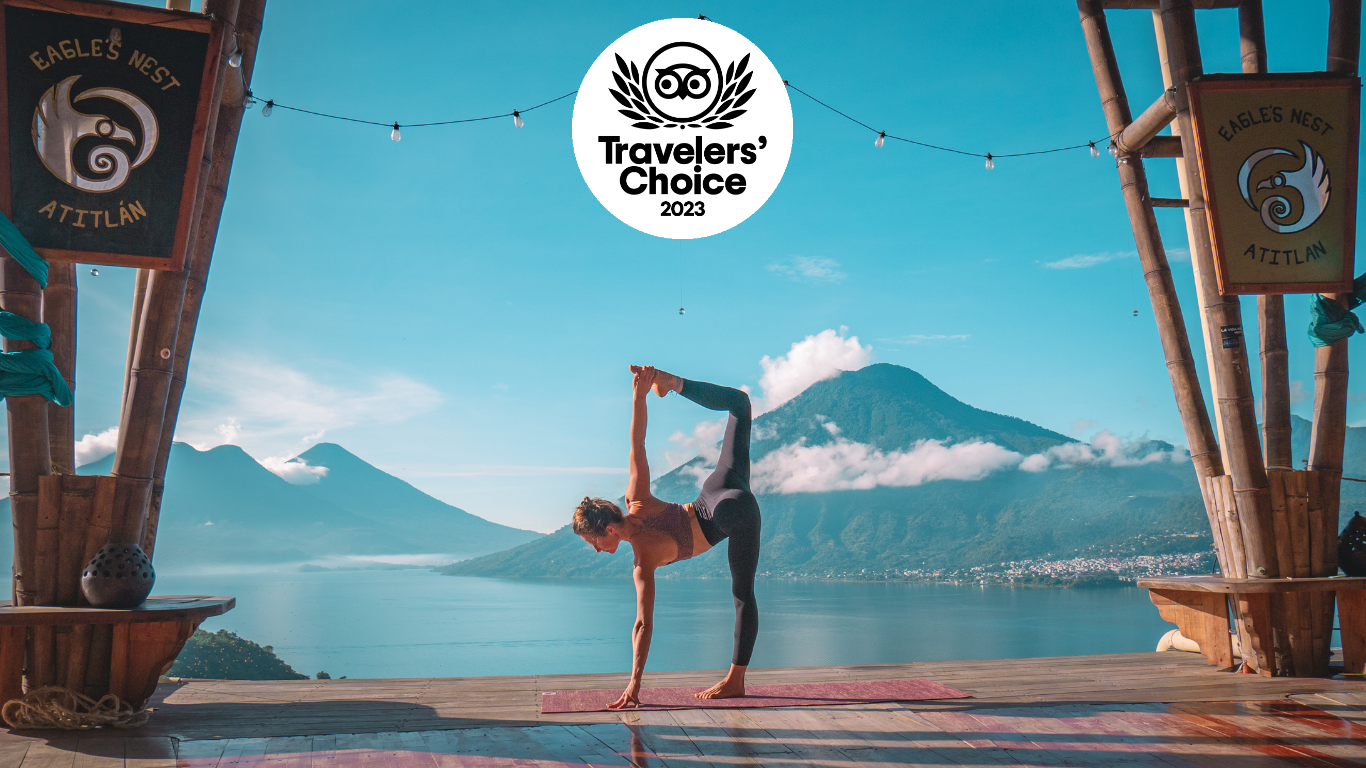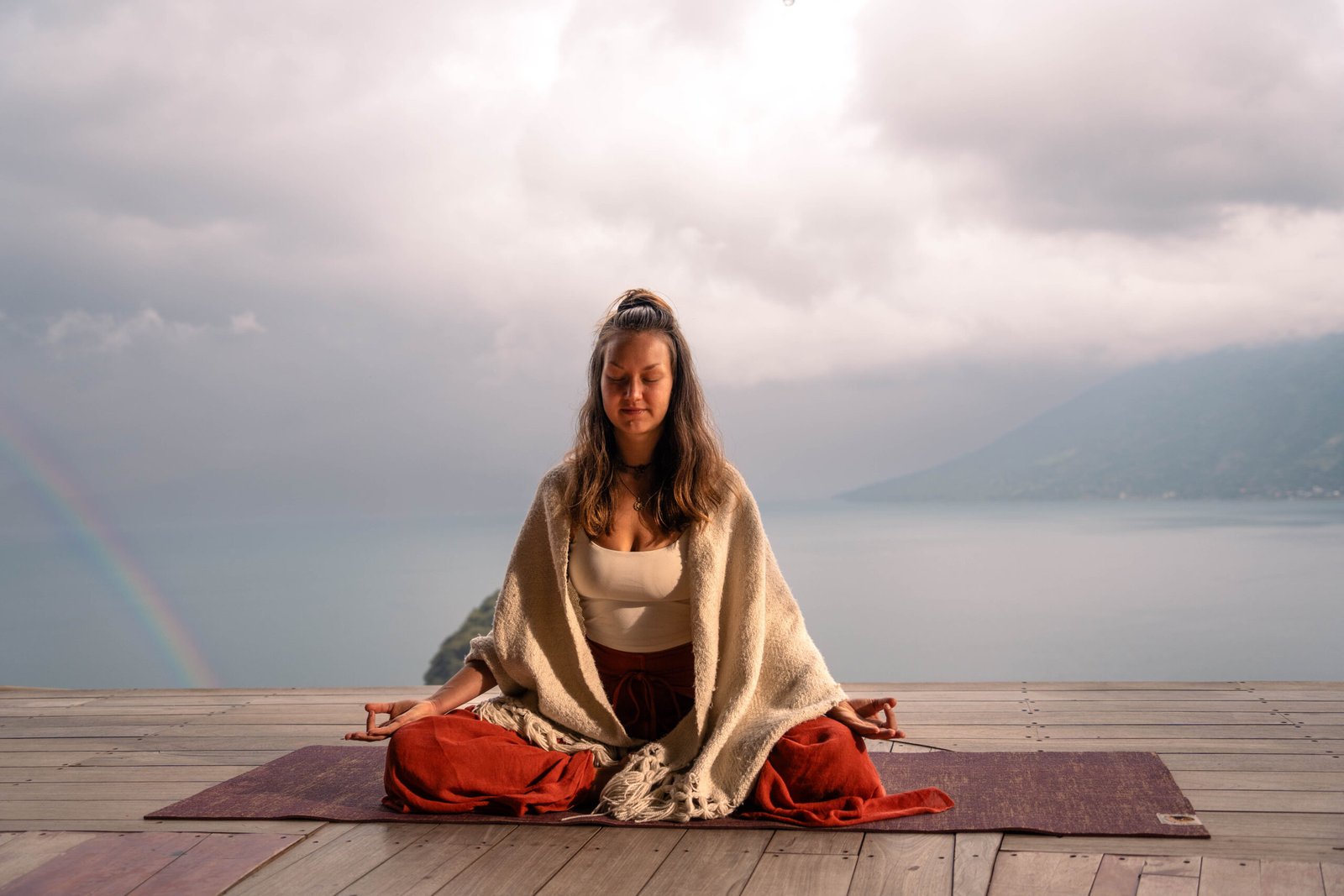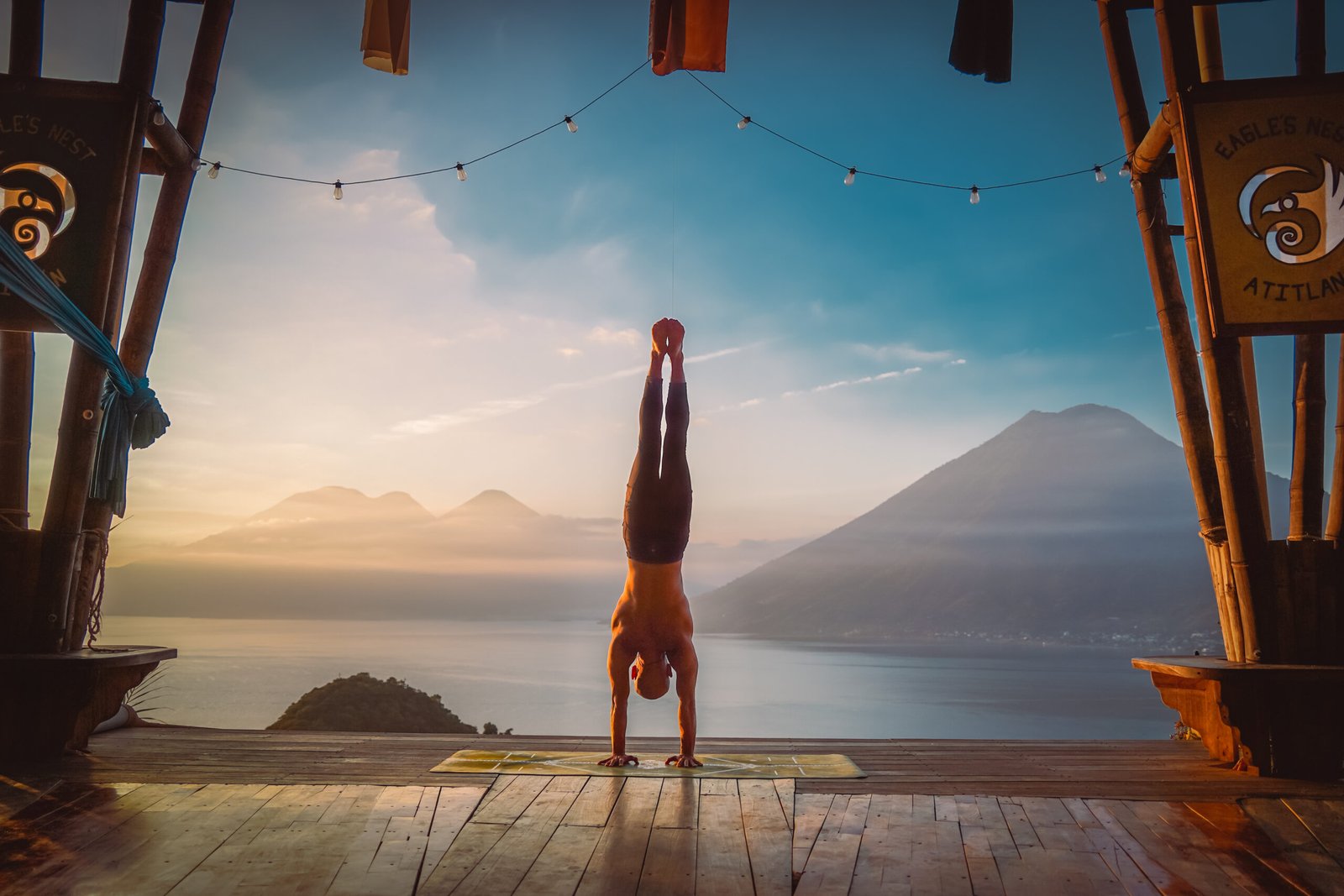Ultimate Guide to Lake Atitlan Shopping: Discover the 6 Exquisite Markets
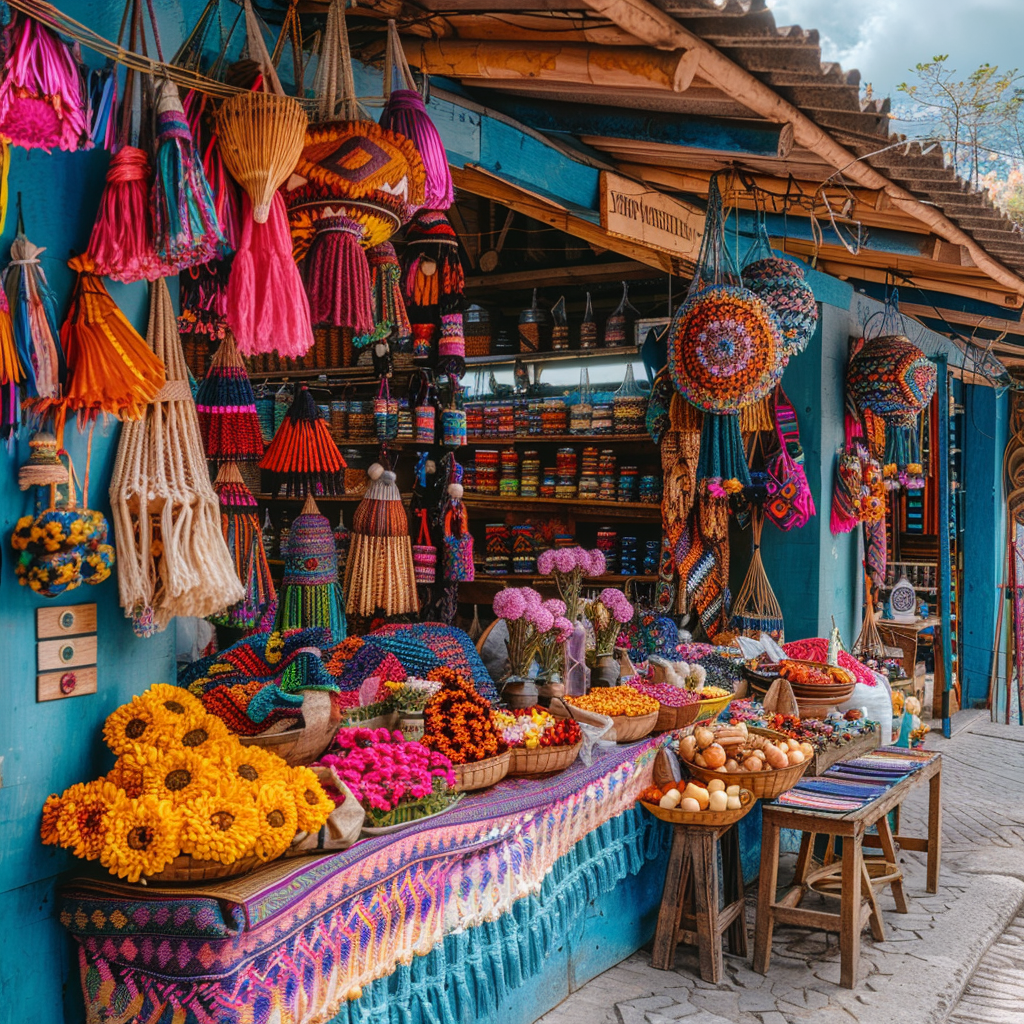
Exploring the Vibrant Markets of Lake Atitlan
At the heart of Lake Atitlan’s allure for travelers and shopping enthusiasts alike are its vibrant markets. These bustling hubs of activity are where the region’s rich tapestry of colors, textures, and flavors comes to life. The markets act as a microcosm of Guatemalan culture, offering a glimpse into the daily lives and artistic expressions of the local communities. Visitors exploring these markets will find themselves enveloped in an authentic atmosphere where the exchange of goods goes hand-in-hand with cultural exchange. The sensory delights of these markets, from the rhythmic sounds of bargaining to the rich aromas of local cuisine, make for a shopping experience that is as enriching as it is enjoyable.
Handicrafts and Souvenirs: From Textiles to Pottery
Lake Atitlan, a picturesque body of water in Guatemala, is surrounded by multiple towns each boasting vibrant markets brimming with local artisanal products. Craftsmanship here tells the story of a rich cultural heritage, particularly through its textiles and pottery. The markets are a kaleidoscope of color, with textiles ranging from traditional clothing such as huipiles (woven blouses) and cortes (skirts), to an array of home décor items. Batik techniques, brocade patterns, and intricate embroidery showcase the skill and creativity of local weavers.
Pottery, another staple at Lake Atitlan shopping markets, often features the bold geometrical designs that are characteristic of Mayan art. From ornamental pieces to practical cookware, the ceramic works are a testament to the enduring legacy of pre-Colombian craftsmanship adapted to modern tastes and demands. Each town around the lake brings its unique style to the pottery, making these items not only perfect for souvenirs but also as unique additions to any art collection.
Navigating the Local Markets: Timing and Bargaining Tips
Visiting the markets of Lake Atitlan is about more than just browsing through the beautiful displays; it’s an immersive experience that rewards the savvy shopper. Timing is essential—arriving early means a better selection of goods and less crowded browsing. Weekday markets tend to be less busy than those on the weekend, offering a more relaxed shopping atmosphere.
Engaging in bargaining is not only expected but also a part of the local culture, a social encounter between buyer and seller. Starting at around half the asking price is a good rule of thumb, gradually increasing the offer while maintaining respect for the artisan’s work. A smile and polite negotiation often yield a price that satisfies both parties.
Exclusive Boutiques and Artisanal Shops at Lake Atitlan
The Lake Atitlan shopping experience is greatly enhanced by the presence of exclusive boutiques and artisanal shops that dot the lakeside landscape. These elegant establishments offer a stark contrast to the bustling markets, providing a serene environment in which the discerning shopper can discover the finer side of local craftsmanship. They represent a nexus where the rich cultural past of the region is seamlessly woven into contemporary styles and luxury goods. For those who appreciate the finer details and wish to take home a piece of Lake Atitlan’s unique flair, these boutiques and shops offer curated collections that celebrate the heritage and skill of local artisans.
High-End Fashion Finds by the Lakeside: Lake atitlan shopping
Nestled among the traditional marketplaces, Lake Atitlan shopping at exclusive boutiques present a premium shopping experience where local tradition meets high-end fashion. These boutiques specialize in offering unique and elegant clothing items that utilize traditional textiles in contemporary designs. Here, shoppers can find bespoke pieces, from beautifully tailored blazers incorporating traditional patterns to sleek dresses that blend Mayan motifs with modern cuts.
These upscale shops often work directly with skilled local artisans, ensuring that each piece is not only fashionable but also carries the authenticity and essence of Lake Atitlan shoppping experience. By purchasing these garments, shoppers are not only acquiring a unique addition to their wardrobe but also supporting the artisan economy around the lake.
Artisanal Jewelry: Blending Tradition with Modernity
Just as the textiles fuse past with present, so too does the artisanal jewelry available at Lake Atitlan. Vendors and boutiques alike showcase stunning pieces that incorporate traditional Mayan symbols and materials like jade, silver, and textiles. Designers are crafting statement pieces that respect ancestral designs while embracing modern aesthetics.
The result is a diverse array of jewelry that suits a variety of tastes, from the simple beauty of a jade pendant to elaborate, hand-beaded necklaces. Shoppers can discover pieces that are not only accessories but also wearable art, often laden with cultural meaning and backstory.
Culinary Delights: Lake Atitlan’s Gourmet and Specialty Stores
The culinary landscape of Lake Atitlan is as diverse and exciting as its artisanal offerings. Gourmet and specialty stores are scattered throughout the area, each one a portal to the rich and delectable flavors of Guatemala. Whether it’s indulging in locally-sourced coffee, sampling artisanal chocolates, or exploring health food options, these stores cater to a broad spectrum of tastes and dietary preferences. They’re not just about satisfying one’s sweet tooth or caffeine fix; they play an integral role in introducing visitors to the region’s gastronomic traditions. Furthermore, these specialty stores often embody a commitment to quality and sustainability, making each purchase a delightful and responsible one. Definitly for the Lake Atitlan shopping list.
Organic Coffee and Chocolate: The Flavors of Guatemala
Atitlan is not only a visual treat but also a haven for the palate, especially for lovers of coffee and chocolate. The fertile volcanic soils around the lake contribute to producing some of the finest organic coffee beans in the world. Specialty stores around the lake offer a plethora of choices for coffee aficionados, including the opportunity to purchase beans directly from co-operatives that support local coffee farmers’ welfare.
Chocolate, derived from cacao which is native to the Americas, is another luxury. Gourmet shops offer a bounty of chocolate products, from raw cacao beans to exquisitely crafted pralines, infused with local flavors such as cardamom and chili. These delicacies not only provide a taste of Guatemalan agriculture but also support sustainable farming practices in the region.
Health Food Stores: Where to Find Natural and Organic Products
For those seeking wholesome and natural produce, Lake Atitlan’s health food stores are a treasure trove. These stores cater to the health-conscious, providing organic fruits and vegetables, superfoods like chia seeds and amaranth, and gluten-free products. Many of these shops prioritize sourcing from local growers, ensuring that consumers enjoy the freshest options while contributing to sustainable community-based agriculture.
Cultural Richness: A Review of Lake Atitlan’s Art Galleries
Sustainable Shopping: Supporting Local Communities around Lake Atitlan
Sustainable shopping is not just a trend at Lake Atitlan; it is a deep-rooted philosophy that permeates the shopping experience. Support for local communities is visible in every corner, from fair trade goods to eco-friendly products. These initiatives are not merely transactional; they embody a movement towards more ethical consumption and production. When visitors choose to shop sustainably, they aren’t just making a purchaseâthey’re making a statement. This approach benefits the local artisans and farmers by ensuring fair practices and wages, and it also encourages the use of environmentally responsible materials. As such, sustainable Lake Atitlan shopping is a testament to the region’s commitment to its people and the planet.
Fair Trade Goods: How Your Purchases Can Make a Difference
When shopping around Lake Atitlan, one is presented with options to engage in socially responsible purchasing. Fair trade stores are scattered around the lake, offering goods that assure fair payment to local producers. These range from agricultural products to hand-crafted items. By choosing fair trade, shoppers can have a direct impact on improving the welfare of the artisans and farmers, fostering equitable trade practices and contributing to the economic stability of the communities.
Eco-friendly Products: Shopping with a Conscience
Consumers also have the opportunity to support environmental sustainability while shopping. Eco-friendly products are increasingly prevalent, with stores specializing in items made from recycled materials, biodegradable goods, and products that encourage zero-waste lifestyles. From reusable shopping bags made from upcycled textiles to organic beauty products free from harmful chemicals, these products allow shoppers to minimize their ecological footprint while supporting local innovation. Lake Atitlan shopping experiences are available to everyone.
Navigating Lake Atitlan shopping Retail Scene: Malls and Shopping Centres
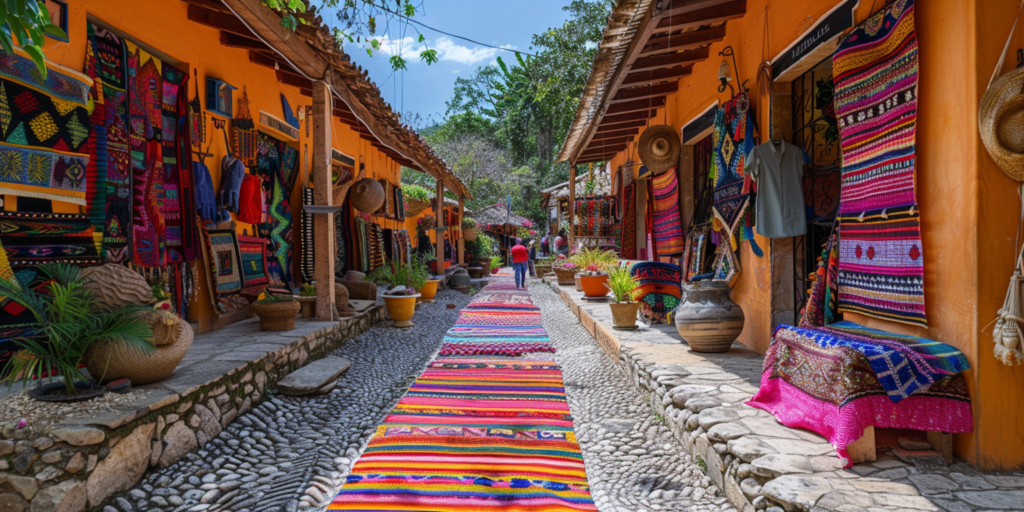
FAQ: Questions and Answers of Lake Atitlan shopping
What to buy in Lake Atitlan Guatemala?
What is Lake Atitlan famous for?
Lake Atitlan is famous for its breathtaking natural beauty and cultural significance. Surrounded by three imposing volcanoes and dotted with picturesque Mayan villages, the lake’s landscape offers stunning views that have captivated visitors for centuries. Culturally, it is a hotspot for indigenous Maya people who have lived in the region for millennia, preserving their traditions, language, and craftsmanship. Lake Atitlan is also recognized for its spiritual allure, with many travelers coming to experience its serene environment and participate in various wellness and meditation retreats. Further adding to its charm, the region’s biodiversity is exceptionally rich, with numerous species of birds, plants, and animals which make it a haven for ecotourism.
Why can’t you swim in Lake Atitlan?
While swimming in Lake Atitlan is possible, there are certain areas where it is not advised due to pollution and the presence of cyanobacteria. Over the years, the lake has faced environmental challenges, including contamination from agriculture runoff, untreated sewage, and solid waste. This has led to periodic blooms of cyanobacteria, which could potentially be harmful to humans and wildlife. Additionally, certain parts of the lake are known to have strong undercurrents that can create hazardous conditions for swimmers. Visitors are encouraged to seek local advice on the current water conditions and swim only in designated areas where the water is clean and safe.
What should I wear to Lake Atitlan?
How do I get to Lake Atitlan?
Lake Atitlan can be reached from Guatemala City or other major cities in Guatemala by various means of transportation. The most common way to get there is by taking a shuttle bus from Antigua or Guatemala City, which provides a direct and affordable route to the town of Panajachel, one of the main entry points to Lake Atitlan. Alternatively, private taxis or car rentals are available for those seeking a more comfortable or flexible journey. For a truly local experience, one can take a ‘chicken bus’ which is an economical, albeit less comfortable, mode of public transportation. Once in the area, boats are commonly used to travel between the different villages that line the lake’s shores.
What is the best time of year to visit Lake Atitlan?
The best time to visit Lake Atitlan is during the dry season, which runs from November to April. During these months, the weather is generally sunny with clear skies and mild temperatures, ideal for outdoor activities and exploring the villages around the lake. The rainy season, from May to October, can bring afternoon showers which are often short but heavy. However, the landscape is especially lush and green during this time, and the region is less crowded with tourists, offering a more tranquil experience. For cultural events, timing a visit during Semana Santa (Holy Week) or another local festival can provide a deep insight into local traditions and celebrations.
What are the must-visit villages around Lake Atitlan?
What are the most popular cultural activities at Lake Atitlan?
Lake Atitlan offers a variety of cultural activities that allow visitors to immerse themselves in the local Maya heritage. Attending a traditional weaving workshop or visiting a textile cooperative can give insight into the intricate art of textile making. Taking a cooking class to learn about Guatemalan cuisine is another engaging experience. Participating in a Mayan fire ceremony or visiting a local shaman can offer a spiritual understanding of the indigenous beliefs and practices. Exploring the local markets is a must-do activity to experience the bustling atmosphere and purchase handmade crafts. Additionally, hiring a guide for a village tour can provide historical and cultural context that enriches the visit to Lake Atitlan.
Summary of Lake Atitlan shopping

